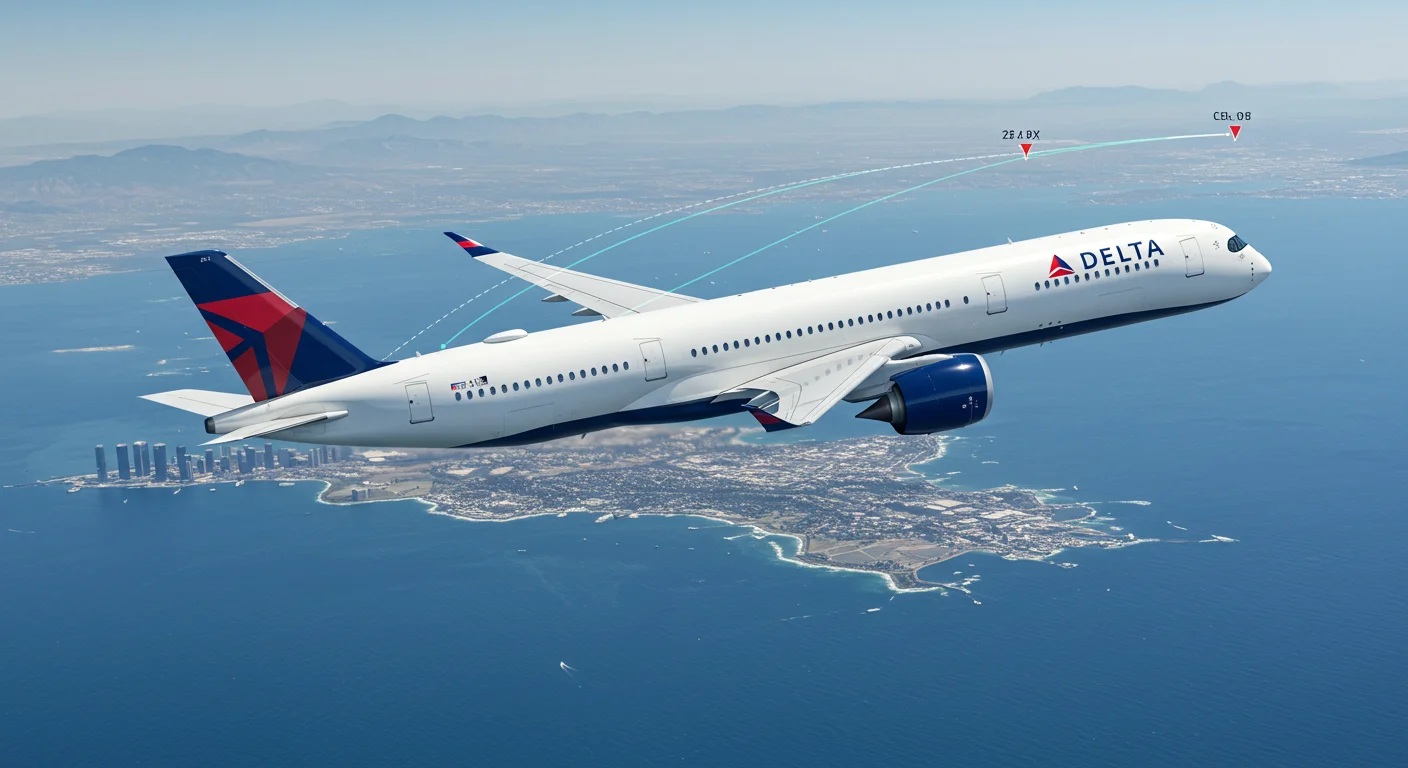In the world of commercial aviation, diversions are rare but critical decisions made to ensure the safety and well-being of passengers and crew. One such incident involving United Airlines Flight UA770 emergency diversionc status recently drew widespread attention. This article offers a human-centered account of the event, exploring what led to the diversion, how passengers were impacted, and what this says about modern air travel safety protocols.
Unexpected Turn: The Start of the Emergency
United Airlines Flight UA770, a scheduled domestic flight from Los Angeles (LAX) to Chicago O’Hare International (ORD), was expected to be a routine journey for both crew and passengers. With a Boeing 737 aircraft cruising at 35,000 feet, things initially appeared calm and ordinary. The flight departed on time, weather conditions were stable, and the flight path was clear.
However, roughly midway through the journey, the crew detected an abnormality in one of the plane’s onboard systems. According to airline sources and initial reports, a technical fault triggered cockpit alerts that required immediate attention and precautionary measures.
Pilot’s Swift Decision to Divert
Safety being the foremost concern, the flight crew followed standard operating procedures. After assessing the situation, the captain made the decision to initiate an emergency diversion to Denver International Airport (DEN). The term “emergency diversion” may sound alarming, but in aviation, it’s a proactive measure to avoid escalation of risk.
Flight attendants informed passengers calmly, instructing them to remain seated with their seatbelts fastened. The cabin remained composed, as the experienced crew reassured everyone onboard. The professionalism of the crew helped minimize panic during what could have been a stressful situation.
Smooth Landing in Denver
Thanks to the quick action and training of the flight crew, United Airlines Flight UA770 landed safely at Denver International Airport without any injuries or complications. Emergency services were on standby, as is protocol in such cases, but fortunately, their assistance wasn’t required.
Once on the ground, the aircraft was met by United’s maintenance team, who began a thorough inspection of the technical fault that had prompted the diversion. Meanwhile, passengers were deplaned and escorted to the terminal where customer service representatives provided assistance with rebooking and refreshments.
Passenger Experience: A Mix of Surprise and Gratitude
Passengers on board shared mixed emotions about the diversion. While some were understandably concerned about the unexpected change of plans, many expressed gratitude for the crew’s calm demeanor and the airline’s quick handling of the situation.
Social media saw a flurry of posts from passengers detailing the incident. One user wrote:
“Mid-air scare turned into a smooth landing. Hats off to the UA770 crew. Safety first, always.”
Another traveler commented:
“Unexpected layover in Denver, but thankful to be safe. United handled it professionally.”
The United Airlines Flight UA770 emergency diversion reminded many passengers of the importance of staying calm and trusting the expertise of the airline crew in moments of uncertainty.
What Causes an Emergency Diversion?
In aviation, emergency diversions can be caused by a variety of issues including:
-
Mechanical malfunctions
-
Medical emergencies
-
Weather changes
-
Fuel irregularities
-
Security threats (though rare)
In this case, preliminary findings suggest the diversion was due to a technical malfunction, possibly related to a sensor or engine monitoring system. Such faults, while not immediately life-threatening, require prompt action to ensure flight safety.
United Airlines’ Response
United Airlines issued a statement following the incident:
“Flight UA770 from Los Angeles to Chicago diverted to Denver out of an abundance of caution due to a technical issue. The aircraft landed safely and passengers were accommodated on alternate flights to their final destination. We appreciate our crew for their professionalism and our customers for their patience.”
The airline also confirmed that the aircraft would remain grounded until full diagnostics and necessary repairs were completed. Safety, the statement emphasized, remains their top priority.
A Reminder of Aviation Safety Protocols
Incidents like the United Airlines Flight UA770 emergency diversion are a testament to the multiple layers of safety embedded in aviation. From highly trained pilots and flight attendants to backup systems and ground support, the entire framework is designed to handle emergencies efficiently.
Modern aircraft are built to be incredibly reliable, but when issues arise, immediate and decisive action is essential. Diversions, while inconvenient, often prevent minor issues from becoming major ones.
Passengers Rebooked and Compensated
Within hours of landing in Denver, United Airlines had rebooked most of the passengers onto connecting flights to Chicago or other nearby airports. Some passengers were offered hotel accommodations and meal vouchers, particularly those whose flights were significantly delayed.
According to a few passengers, United also offered travel credit as a gesture of goodwill. The quick and helpful response reinforced the airline’s commitment to customer service even under unforeseen circumstances.
Conclusion: Safety Above All
The United Airlines Flight UA770 emergency diversion status was a textbook example of how airlines prioritize passenger safety over all else. While no one ever wishes to experience a mid-flight diversion, the calm and composed response by the crew, swift action by the pilots, and smooth coordination on the ground turned a potentially alarming situation into a controlled and safe outcome.
For travelers, it’s a reminder that while flying is statistically the safest mode of transportation, having trust in the system—and the people behind it—goes a long way in ensuring peace of mind at 35,000 feet.

